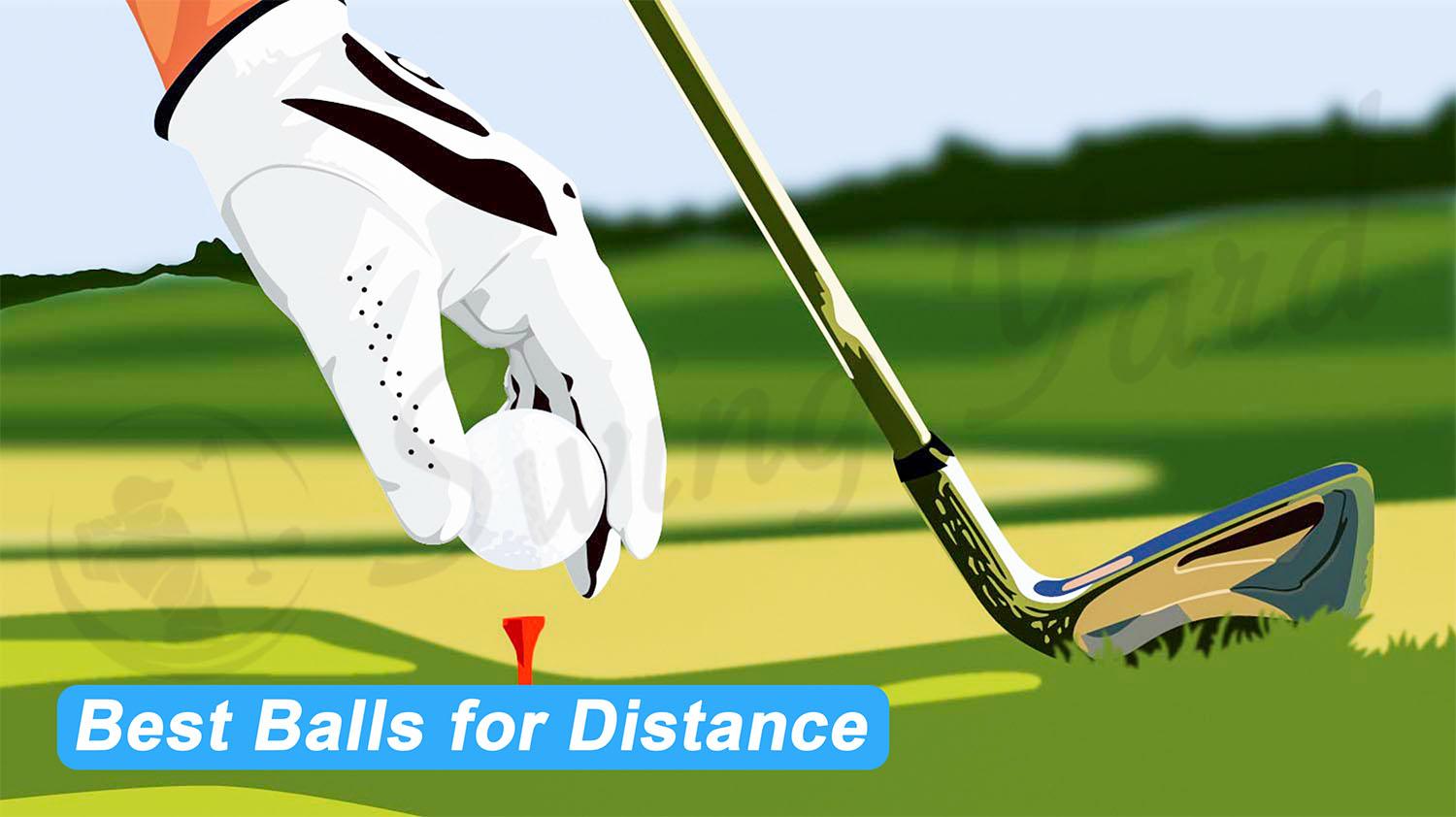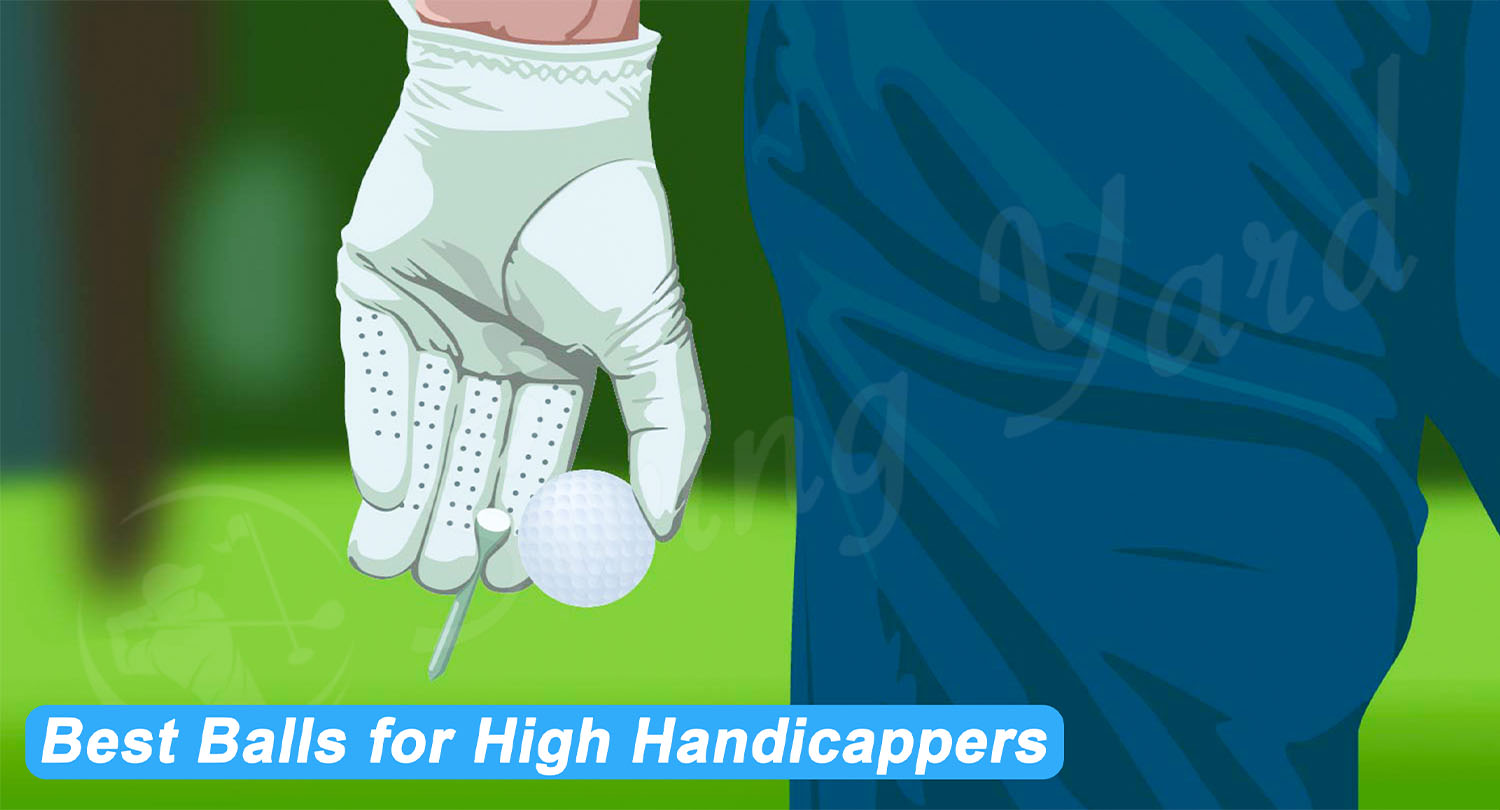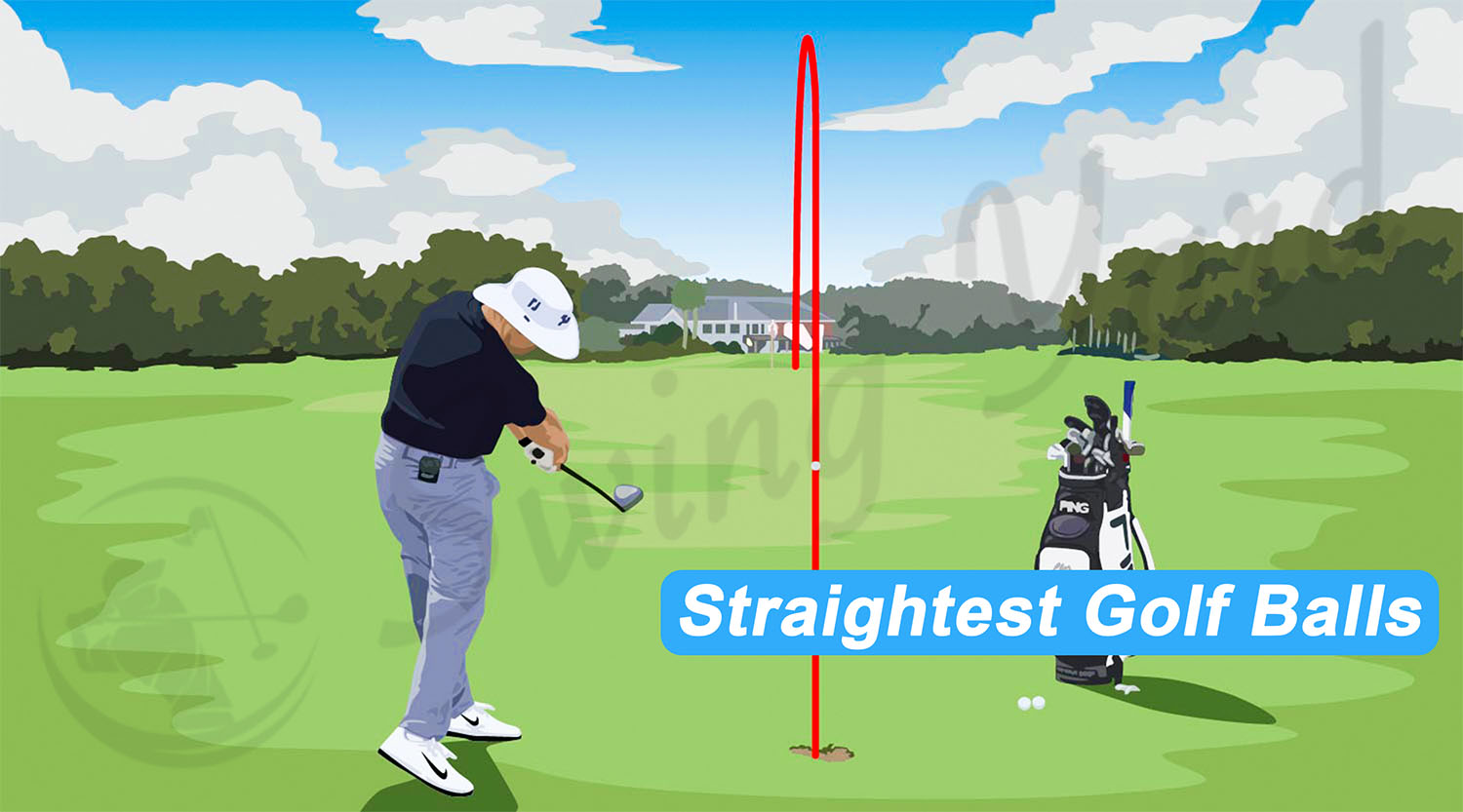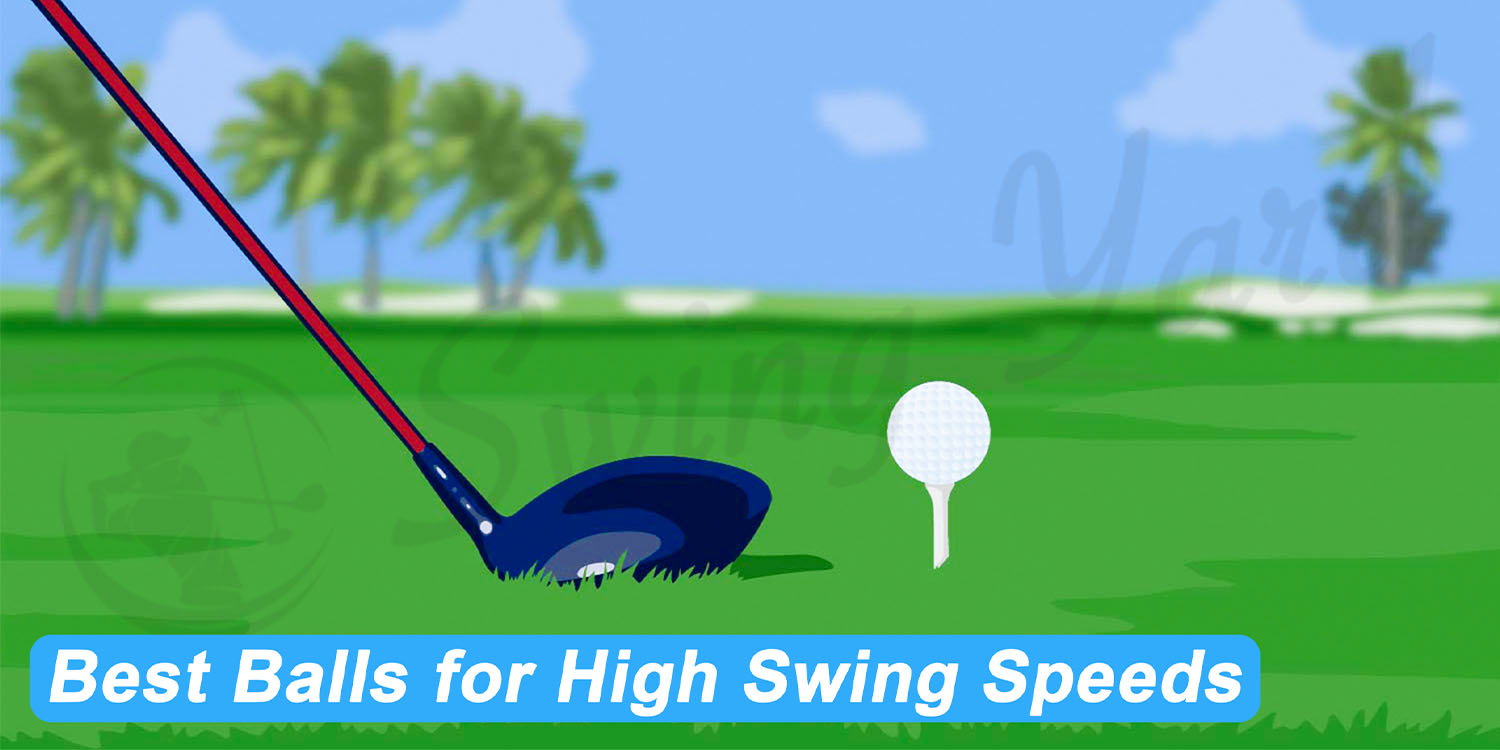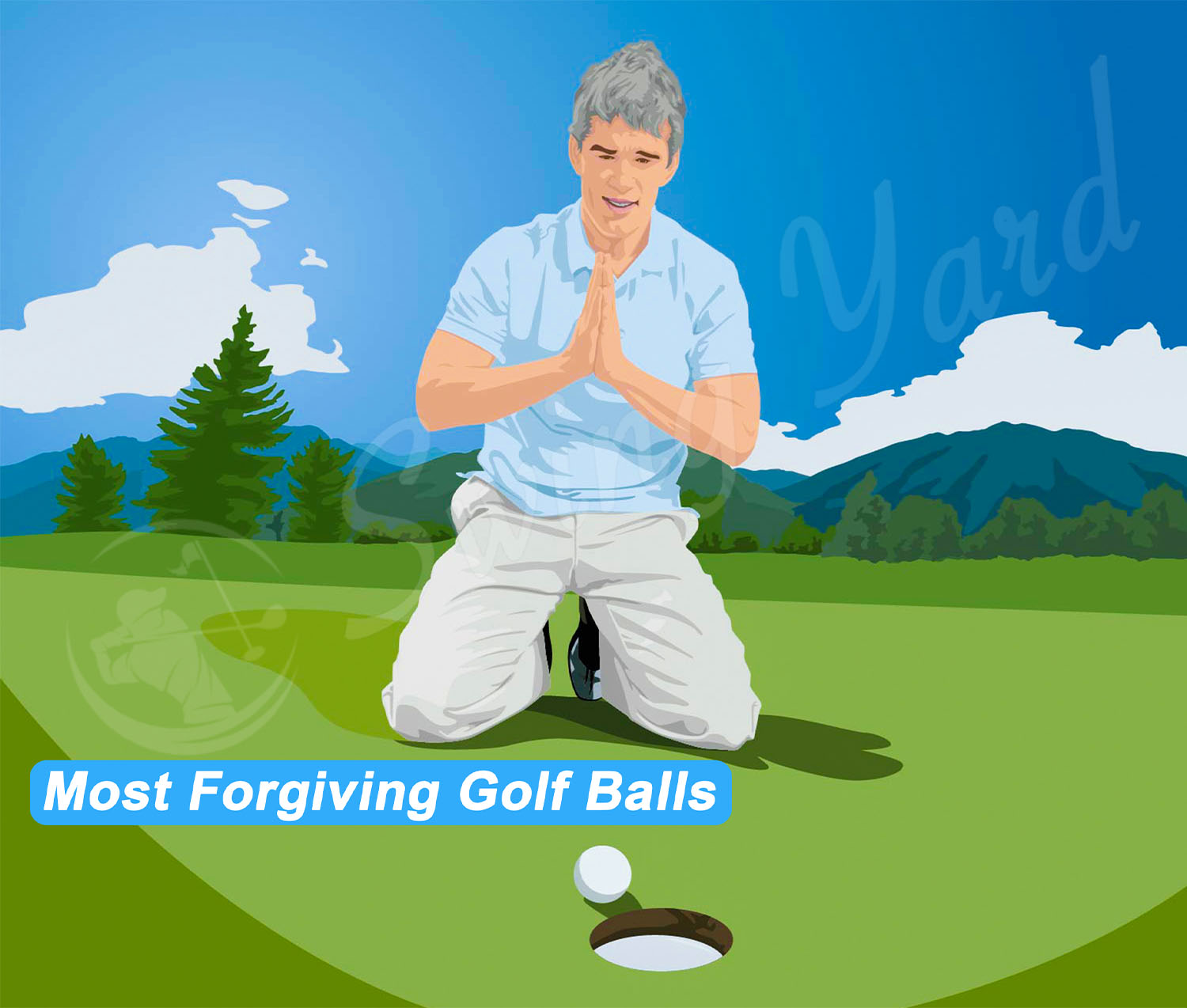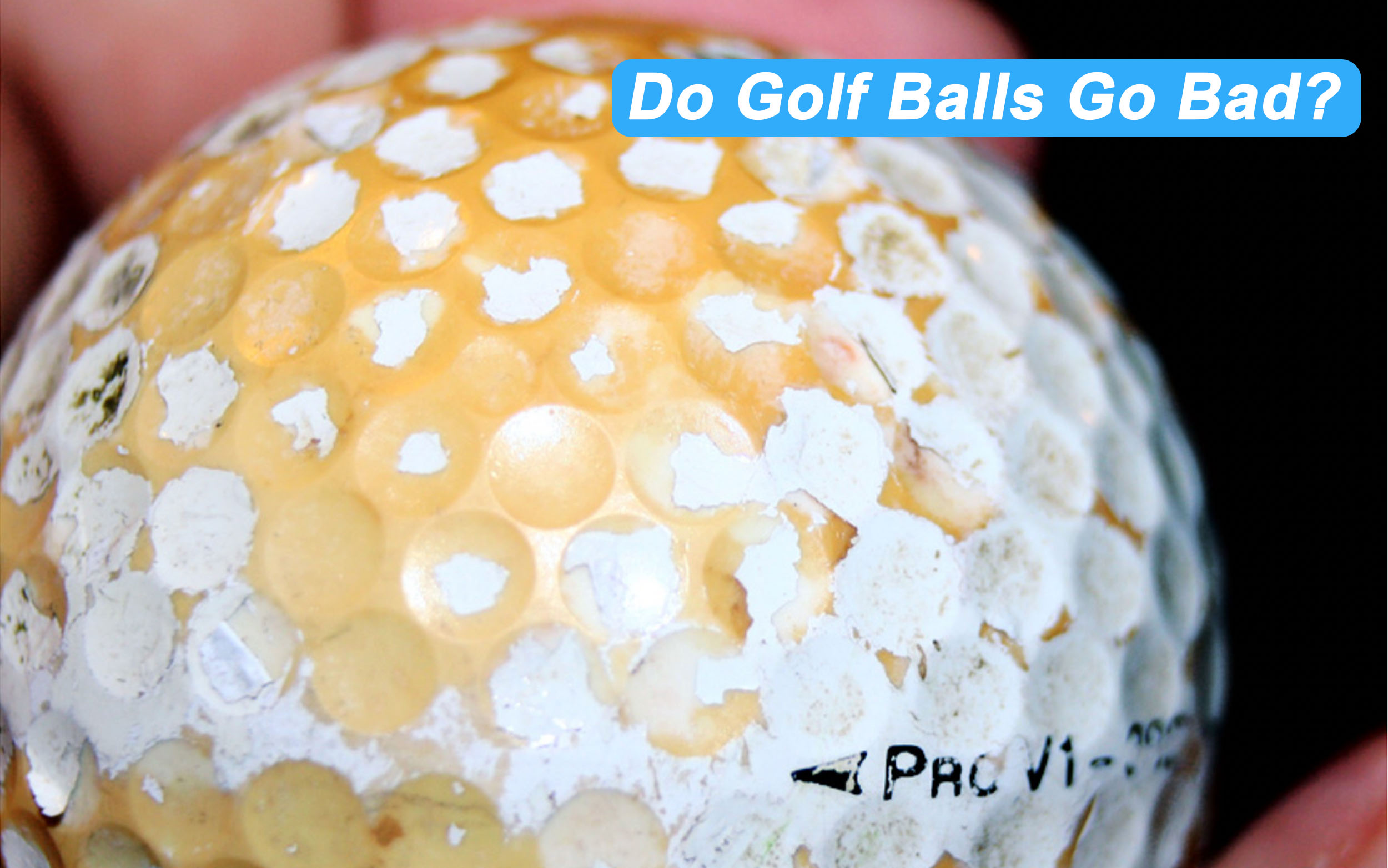What Are Golf Balls Made Of?
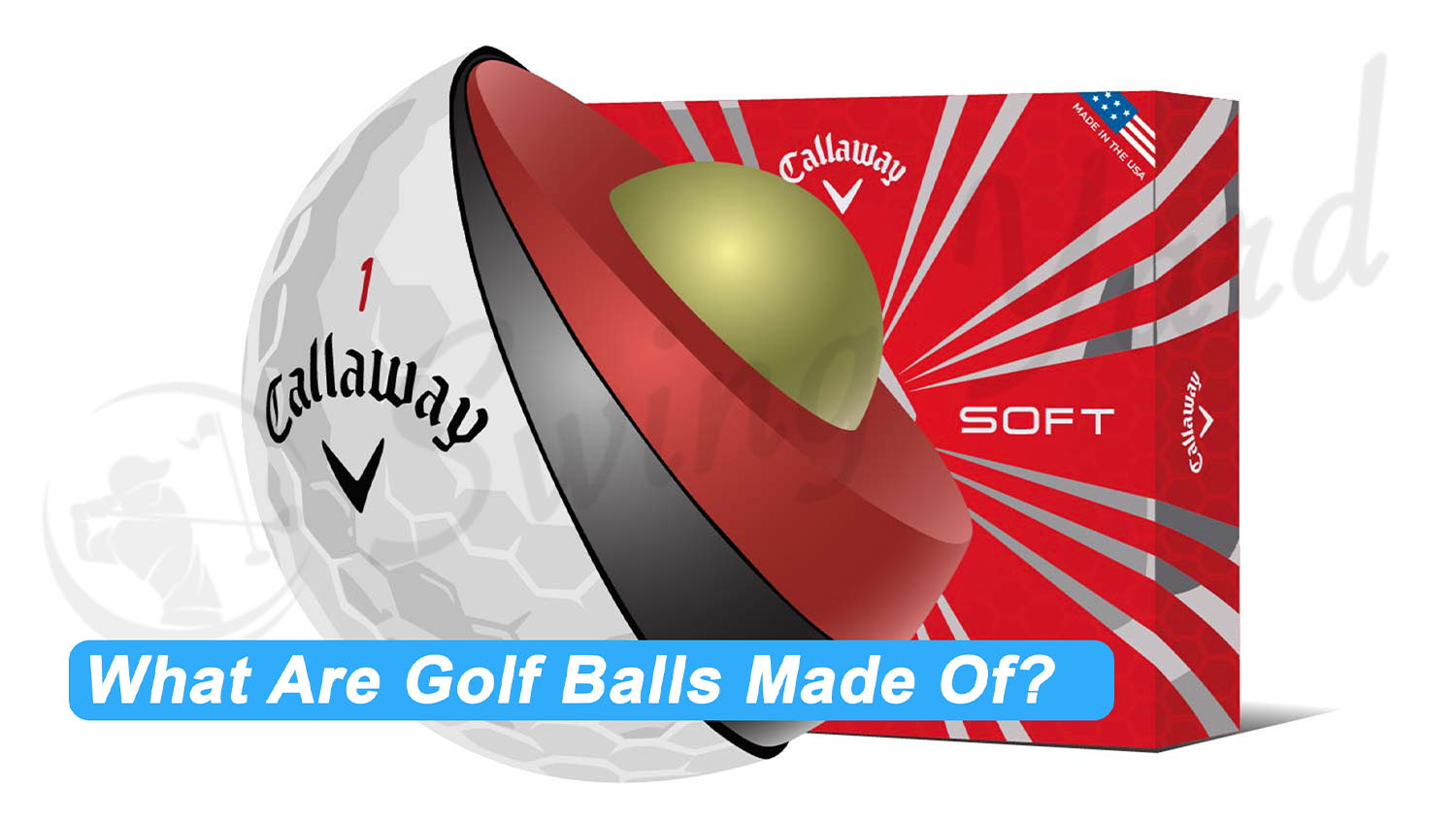
By Coach Erik Schjolberg – Jan 14, 2024
Contents
As an avid amateur golfer you’re probably well versed in the performance features of a golf ball, but do you know what powers them?
In this article, we buck the trend and explore what are golf balls made of. I feel that looking under the hood of a modern golf ball will help you understand each component impacts spin, ball speed, and trajectory.
Key Takeaways
- Golf balls are comprised of 2-5 layers
- Outer layer (cover) is made of ionomer or urethane
- Cheaper more durable balls use ionomer
- High performing balls use urethane
- Core (center) of a golf ball is responsible for energy transfer
- Mantle layers separate core from cover and reduce long game spin
- Premium balls offer more control and spin
First, I will document the function of the core, mantle, cover, and dimples and then move on to the substances used by golf ball manufacturers. At the end of this post, you will have an astute understanding of which type of balls you should play in your next round of golf.
Also, check out our list of the best golf ball for 2024, where we actually hit, tested, and ranked 10 of the top balls on the market.
What Are Golf Balls Made Of?
The modern golf ball market offers products for every player to help you boost your performance and shed strokes off your game. Two-piece balls contain the least layers and are the most affordable option. You’ll notice that this design caters to high handicapper golf balls.
A popular option among mid and low handicappers are three-piece balls that contain a core, a mantle, and a cover. Three-layer constructions with an ionomer cover are generally mid-range products ideal for mid-handicappers.
Conversely, these golf balls with urethane covers are expensive and boast a high compression rating. You’ll find that this makes them a superior option for faster swinging low handicappers with deep pockets.
In addition, you will find a host of four and five-piece balls, which typically possess a high compression rating due to their stiff nature. They consist of a core and a multi-layer ionomer mantle and are covered by a cast urethane material. With those facts in mind, let us look at the functions of each element of a golf ball.
Core
The core is the centerpiece of your golf ball and the part responsible for maximizing energy transfer off the golf club at impact. You’ll find that the rubber core transforms impact energy into kinetic energy, accelerating your ball speed and prompting a powerful launch for maximum distance.
Golf manufacturers create balls with varying compression ratings to suit all skill levels. The lower the compression core rating, the greater the level of spring off the clubface is, prompting lightning ball velocity.
Lower compression-rated golf balls are made to be suited to slower swinging high handicappers, and are the best golf ball for ladies desperate for all the pace they can acquire.
Higher compression-rated golf balls are firmer at contact and provide reduced spring assistance, which works for golfers with high swing speeds. The stiffer structure prevents you from generating increased revolutions off the face and ballooning your strikes.
If you want to play a higher compression ball, here are some tips for compressing the golf ball.
Either way, the core improves energy transfer and pace, whether you rip your driver above 105 mph or below 72 mph.
Mantle
Mantles feature in three, four, and five-piece golf balls, although their functions differ depending on the number of layers. The mantle is the layer that separates the core from the cover, providing an additional layer of stiffness and enhancing the durability of the golf ball.
You’ll find that the mantle’s primary objective is to restrict long game spin in three-piece golf balls. It works with the core to maximize distance off the tee and on lengthy approach shots to put you in position for more scoring opportunities.
Although this layer also restricts driver spin in five and four-piece balls, it carries an additional layer designed to accelerate ball zip.
For example, a five-piece ball has three mantles separating the cover and the core. Conversely, a four-piece structure contains ionomer pieces.
Overall, this component is designed to make the golf ball firmer for lower spin and rapid pace in four and five-layer constructions.
Covers
A golf ball’s performance and price features are a quick way to determine what cover it contains. A Golf ball manufacturer employs two predominant polymer materials; urethane and ionomer resin.
Urethane golf ball covers appear on premium Tour grade golf balls which deliver low spin and rapid velocity off the tee and elevated control around the green.
The core and mantle accelerate zip and reduce revolutions per minute while the soft polymer bites into your iron and wedge grooves for enhanced spin and shot-stopping control.
You will see that these golf balls cost a pretty penny and suit golfers with a high swing speed (check out our test results of high swing speed golf balls in this article). In addition, these balls usually possess a soft feel for an improved short game experience.
- Far cheaper than polyurethane designs
- Focus on boosting long-game yardage
- Are a more forgiving golf ball
The downside of most ionomer golf balls is that the reduced rotation backfires around the green, where you relinquish control.
Dimple Pattern
The final component of a golf ball is the dimples, which first hit the scene long after the first golf ball was invented.
Manufacturers each have their own patented dimple patterns. You’ll notice that the main objective is to help the golf ball cut through the air without deviating from its intended line. In simple terms, it boosts the aerodynamics of a golf ball.
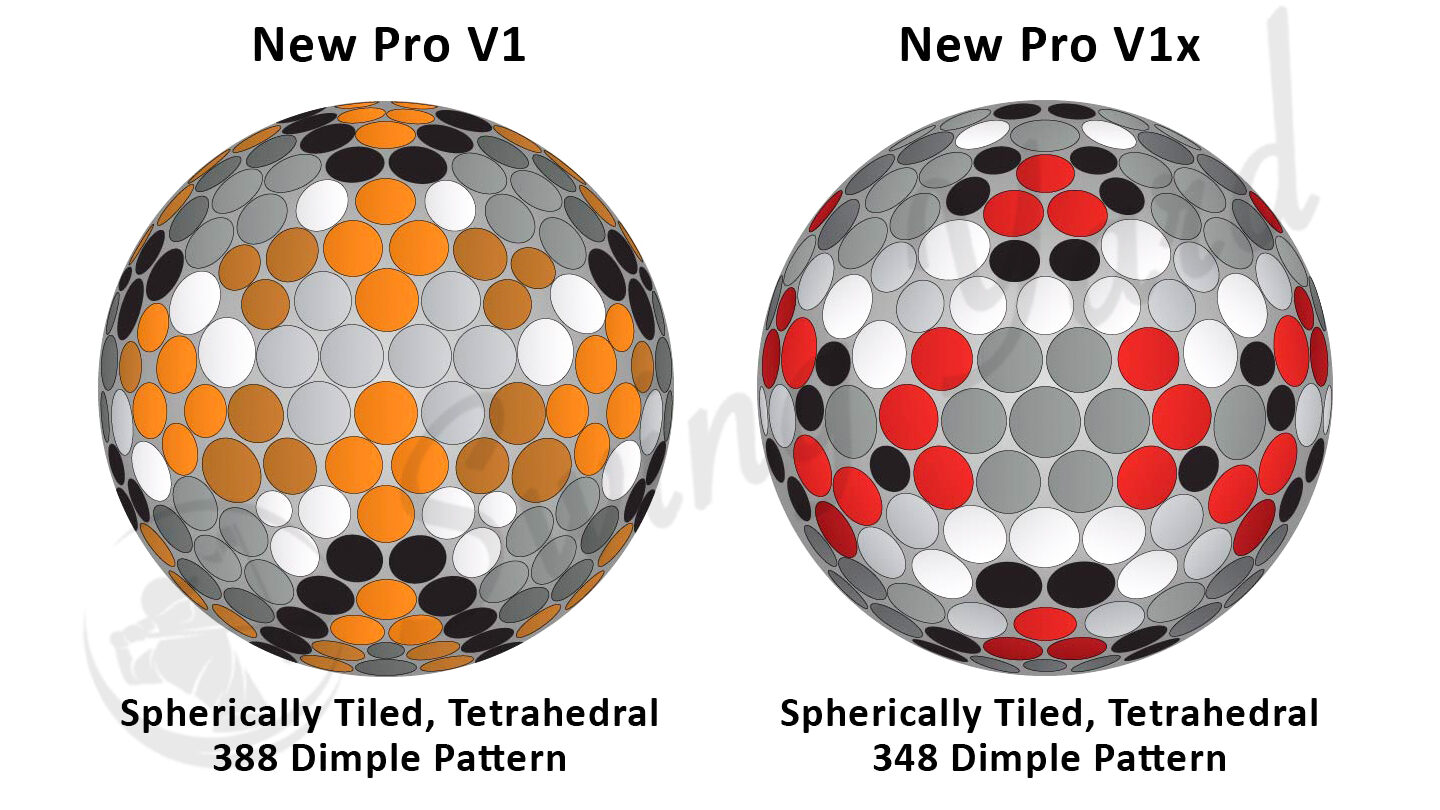

Now, the difference in dimple patterns exists in the apex, trajectory, and spin produced by their depth. For example, golf balls with deeper dimples are likely to generate more revolutions per minute and fly lower, enabling workable flight for superior players.
You’ll find that this ball flight enhances your control and improves consistency.
On the contrary, shallow dimples reduce your spin rate and boost launch for higher, straighter shots (check out our list of the straightest golf balls over here). These qualities suit the average golfer searching for additional yards and accuracy.
What Is a Golf Ball Core Made Of?
Now that you know how each component of the golf ball impacts your shot, we can review its materials. Starting with the centerpiece. A core is constructed from polybutadiene rubber, which is used for its durability and elasticity.
You’ll notice that the material withstands consistent high force and encourages spring off the clubface for rampant ball pace and a greater distance golf ball.
What Is a Golf Ball Mantle Made Of?
What is a golf ball made of in the mantle? The mantle is constructed from ionomer, which is extremely firm and durable to offset backspin rpm on high-powered strikes.
As mentioned earlier, a four or five-piece ball contains additional sections of ionomer which are flexible and aid the core in accelerating initial velocity. Therefore, the mantle limits long game spin and accelerates pace to ensure exceptional distance.
What Is a Golf Ball Cover Made Of?
Ball covers are constructed from two predominant substances, polyurethane and ionomer, although manufacturers adapt them in varying forms.
I mentioned before that urethane golf balls deliver exceptional greenside control, and ionomer covers produce maximum distance and fewer revolutions per minute on longer shots.
I will start with the premium cover material known as polyurethane, which you will find on Tour-grade golf balls from Titleist, Callaway, TaylorMade, Bridgestone, and other top golf ball brands.
You’ll notice that two urethane variants exist, including Thermoplastic and Cast Thermoset.
The latter enables producers to create a super thin cover that prompts rampant spin levels. However, these qualities are expensive to produce, which is why it is the less common of the two. Arguably the most popular golf ball with a cast urethane cover is the Titleist Pro V1.
Moving on to the more affordable golf balls, we turn to ionomer covers, which are cost-effective to produce and highly durable. The two common ionomer variants are Surlyn and Paraloid. Surlyn is the creation of chemical giant DuPont, which firms up the durable golf ball for maximum driver distance.
Paraloid was the brainchild of Rohm and Haas Plastics, which DuPont acquired in 2008. This acrylic resin is designed to respond differently to varying contact strength.
The cover rebounds rapidly off the face for accelerated pace on long, powerful strikes while boosting friction on shorter shots by staying on the face longer for a higher spinning shot.
FAQ – What Are Golf Balls Made Out Of?
Is a golf ball made out of metal?
No, a golf ball is predominantly crafted from durable but flexible synthetic rubber materials. However, OnCore Golf has dabbled in fusing metal into the core and mantle.
For example, their Vero X1 golf ball features a metal-infused mantle to boost MOI and lower your revolutions per minute.
I felt like I was striking a rock when I connected these golf balls, and the soft cast urethane had minimal effect on the feel. However, the ball stopped rapidly on the green but wasn’t as long as a Bridgestone or Titleist urethane construction.
What material is most widely used for golf balls today?
The most widely used material for a ball’s core is polybutadiene rubber, while the mantle comprises ionomer resin. In addition, you’ll notice that entry-level and mid-range golf balls predominantly feature an ionomer cover over the premium choice.
What is the liquid inside a golf ball?
Seldom do you find liquid cores in modern balls, as the durable and elastic rubber elements are preferred by manufacturers. In fact, these days if you find liquid inside a ball, it probably came from the pond! *You can read my other article if you want to find out how to tell if a golf ball is waterlogged by the way).
However, at one point, Titleist employed a non-toxic liquid core comprising salt water and corn syrup. In addition, Robert Adams Paterson added the sap from the Malaysian Sapodilla tree to develop the gutta percha golf ball.



